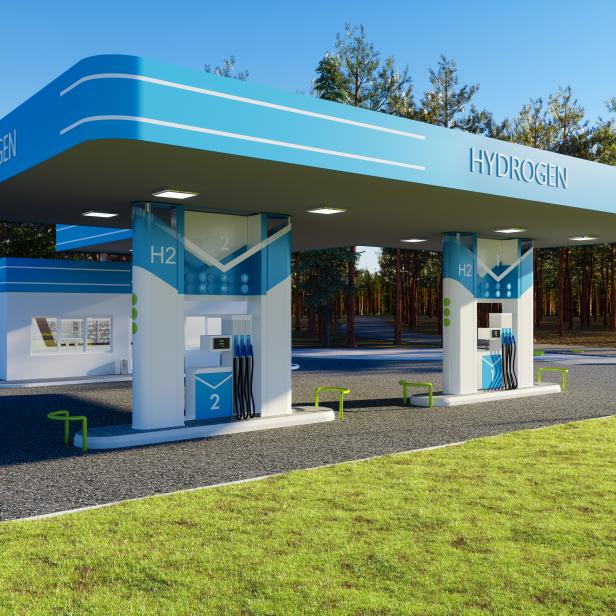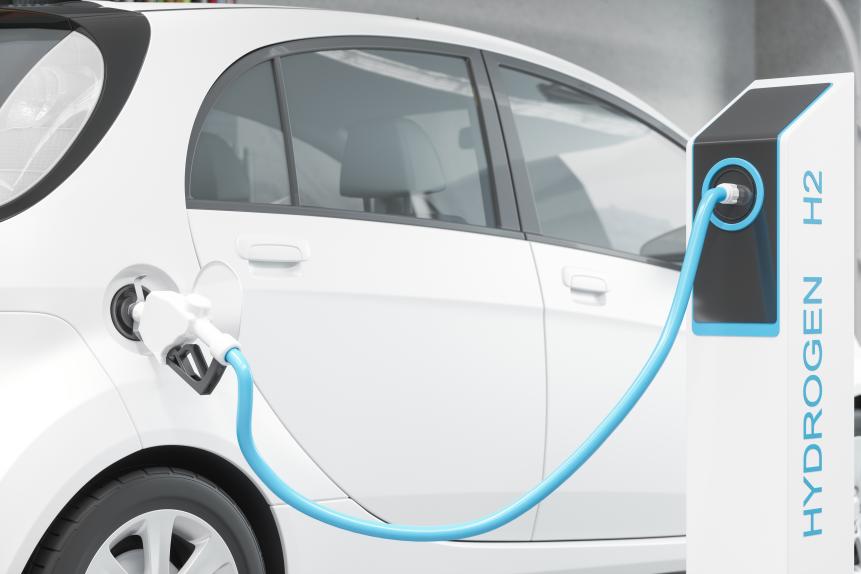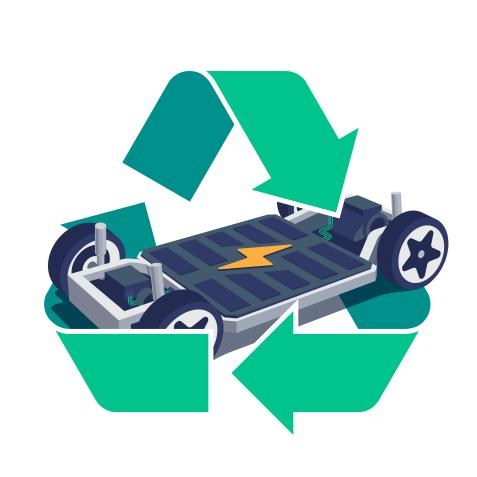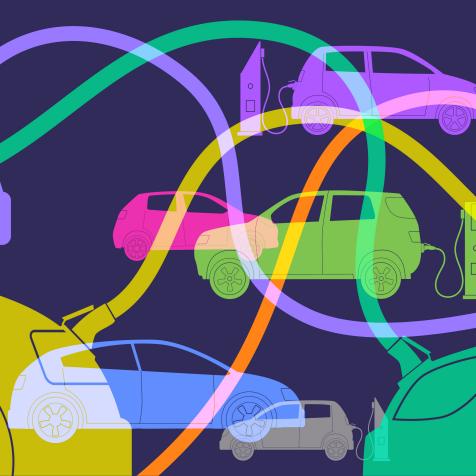
onurdongel
Hydrogen Ready to Ignite as Transport Network and Technology Takes Off
Transport is undergoing a massive transformation so it can meet society’s demands for a low-carbon economy. Introducing electric vehicles (EVs) and declining gasoline and diesel use are helping, but zero-carbon hydrogen can speed up both the transition and long-term decarbonization of transport.
In the US, transportation produces the largest share of all greenhouse gas (GHG) emissions in the economy at 29%, according to the Environmental Protection Agency. More than 90% of transport fuel is petroleum based, but if more vehicles used hydrogen then GHG emissions would plummet.
Hydrogen is not considered a true replacement for gasoline or diesel as a combustion engine fuel for cars because it is harder to store safely. And while fuel cell electric vehicles (FCEVs) that turn hydrogen into electricity can compete with EV performance — and even out-compete them on range and refill time — extra energy is needed to produce the hydrogen needed for fuel.

gchutka
Hydrogen fuel cell car.
Finding investment for storage, pipelines and fuel stations is still a challenge. Most of the 48 existing hydrogen refueling stations in the US are located in California, with another 60 in planning or under construction. Now US supplier Plug Power has raised $1 billion to fund a nationwide network for green hydrogen production to supply FCEVs, with an electrolyzer gigafactory set to be operational in 2021.
But until there is excess capacity in renewable energy to make green hydrogen, without using methane from natural gas, hydrogen-powered cars could have a negative climate impact. Happily, prices for producing green hydrogen are expected to be a fraction of their current level by 2030, cheaper than so-called gray hydrogen from natural gas. The US government’s Energy Earthshot aims to reduce costs by 80% within a decade.
Governments worldwide are backing green hydrogen projects to reduce GHG emissions in heavy industries like freight, steel, and energy storage. But hydrogen transport will need rapid production methods to create the fuel needed for the world’s road fleet.

John White Photos
Seawater contains a virtually limitless supply of hydrogen.
Thankfully, research is advancing all the time. Thin films containing nanoscale structures of nickel selenide are refining electrolysis to rapidly harvest hydrogen from seawater. Researchers say the nanomaterial performs far better than the othgrayate-of-the-art catalysts used to split hydrogen from water. Hydrogen is the most abundant element in the universe and as seawater makes up about 96% of all water on Earth, there is a virtually limitless supply.
Even wastewater and solid waste can create green hydrogen. Researchers at Princeton University are using sunlight to isolate hydrogen from industrial wastewater. Chemical plants and refineries that currently face high costs for cleaning wastewater could transform it into clean hydrogen supplies.
Californian start-up Ways2H believes that solid waste which ends up in landfill, including plastics and medical waste, could be turned into green hydrogen more cheaply than electrolysis using renewable energy. Way2H’s plants can operate continually and chief executive Jean-Louis Kindler believes that waste will provide one third of the world’s clean hydrogen in the future.
Fuel cell technology is also being supercharged. Engineers at The University of Texas at Austin have discovered a way to make hydrogen’s electrical conversion more efficient using a hydrogel polymer catalyst containing iron atoms. And their findings could be applied to other renewable fuels and chemical products.

onurdongel
Hydrogen fuel filling an FCEV car.
Yet another way to move transport toward zero-carbon is to use transitional tech, like hybrid power, to make vehicles more environmentally friendly and fuel efficient. Traditional combustion engines could potentially be adapted in the short term to use hydrogen as a fuel enhancement to reduce harmful emissions.
Seattle-based Hytech Power has created its own fuel clean-up technology for diesel engines. But it also has a retrofit system that will convert any existing combustion engine vehicle to hydrogen combustion. Vehicles fitted with its specially designed electrolyzer produce hydrogen from a tank containing a metal hydride liquid.
The zero-emissions vehicles created would have an average range of 300 miles. Drivers could fill up at a station or produce their own hydride solution at home with an electrolyzer, distilled water and a tank. Hytech’s technology has the added advantage that it does not need compressed hydrogen and has no toxic byproducts. Retrofitting older vehicles could, for a fraction of the cost of a new one, revolutionize the hydrogen vehicle market.


















